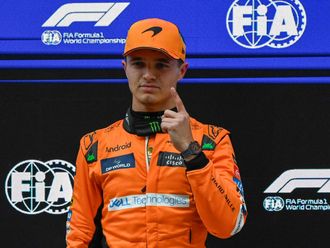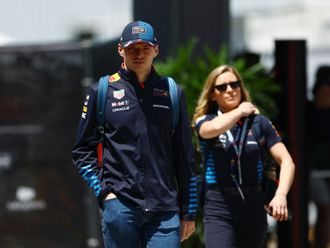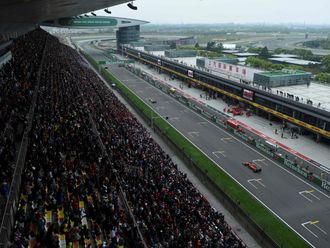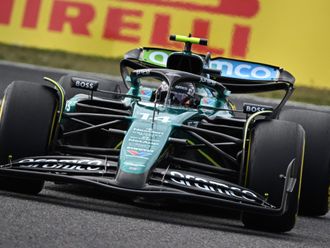What exactly are grid penalties: Penalties may be imposed on drivers for numerous offences, including starting prematurely, speeding in the pitlane, causing an accident, blocking unfairly or ignoring safety flags. Broadly, there are four types of penalty which a driver may incur for violation of on-track rules:
1. The five-second penalty: This is a flexible one where a driver may even serve it the next time he is due to pit. If he doesn’t need to pit, then five seconds will be added to his time at the end of the race.
2. The drive-through penalty: This requires the driver to enter the pit lane, drive through it while obeying its speed limit, and exit without stopping. Drive-through penalties are normally imposed for minor offences such as kerb hopping at chicanes, ignoring yellow flags or cutting corners. As a drive-through penalty does not require a driver to stop and pit, it is less costly to a driver’s race times than a stop-go penalty.
3. The ten-second (also called ‘stop-go’) penalty requires the driver to enter the pit lane, stop at his pit for ten seconds, and then exit again. As the stop is designed to punish the driver for an offence, team mechanics are forbidden to work on the offending car at any time when the driver is serving the penalty. Stop-go penalties are generally imposed for more serious offences such as jump starts, pit lane speeding, ignoring blue flags or unfair blocking. The ten-second halt makes a stop-go penalty much more costly to a driver’s race time than a drive-through penalty.
4. A more severe penalty may be imposed for more severe infractions, such as adding ten places to the driver’s grid position at the next grand prix. For example, if the driver has qualified in pole position, he will start the race in eleventh place instead.












